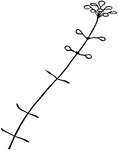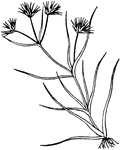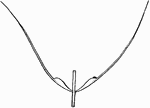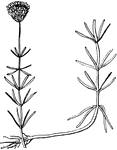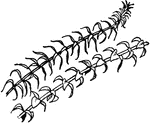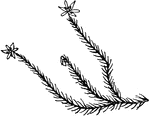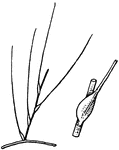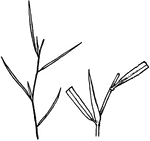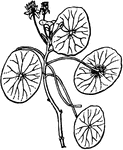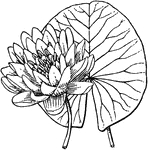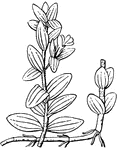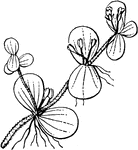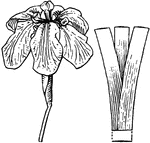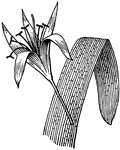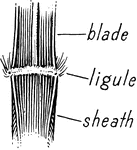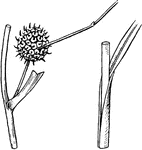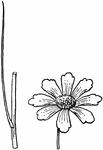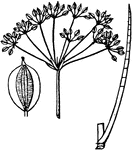
Perch skeleton
"The bones of fishes are of a less dense and compact nature than in the higher order of animals; in…
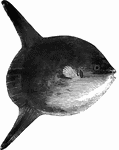
Short Sunfish
"Almost of a circular form, with long dorsal and anal fins, projecting like handles from its inder parts.…
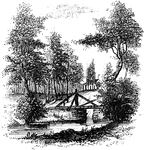
Sleepy Hollow
"Bridge over Sleepy Hollow Creek. Ichabod, according to Irving, in the Legend, returning from…

Roach
"The Roach, L. rutilus, is abundant in the rivers of the temperate parts of Europe. It attains…

Graining
"Is found in the lakes and rivers of some parts of Europe; in its habits and food it resembles the trout,…

Chub
"Frequents deep places in the quiet parts of steams, sheltering itself usually under a bush or tree…

Muraena
"A celebrated species, common in all parts of the Mediterranean, and occasionally met with on the coasts…

Raleigh Tavern
"Raleigh Tavern. When I visited Williamsburg in December, 1848, the front part of the old Raleigh tavern…
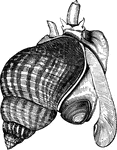
Common whelk
"Extensively caught in dredges in Europe, as it is eaten, and is also used as fish-bait. It is well-known…
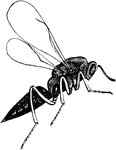
Abdomen
"The belly; that part of the body of a mammal which lies between the thorax and the pelvis; In entomology,…

Absinthium
"The common wormwood; a European species, much cultivated for its bitter qualities; it contains a volatile…

Acacia
"An Egyptian tree; the bark and pods are frequently used in tanning and the aqueous extract of the wood…

Acanthus
"A genus of small herbaceous plants of southern Europe and Africa; they have spinosely toothed leaves,…

Acanthus
"A genus of small herbaceous plants of southern Europe and Africa; they have spinosely toothed leaves,…

Acanthus
"A genus of small herbaceous plants of southern Europe and Africa; they have spinosely toothed leaves,…

Nymphoides
Leaves small, mostly less than 15cm. long, heart-shaped; flowers white and less than 2.5cm across.
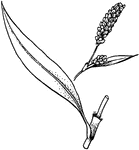
Polygonum
Stems with a sheath just above attachment point of leaf; flowers individually small, white to pink.
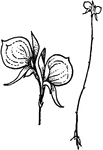
Utricularia
No leaf-sheaths present; flower cluster consisting of one to several showy, irregular, yellow, or purple…
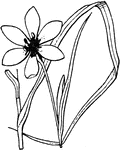
Nemastylis
Flowers violet, over 3cm scross; leaves equitant at base; that is coming in two ranks, making the base…
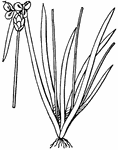
Xyris
Leaves smaller, rigid; small yellow flowers gathered in dense heads at top of naked stalk, each subtended…
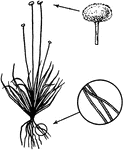
Eriocaulon
Leave from base of scrape bearing button like whitish heads of minute flowers; roots with cross-constrctions.

Sagittaria
Leaves from base of scape bearing evident white flowers in racemes; roots without crss-constrictions.
